Your cart is currently empty!
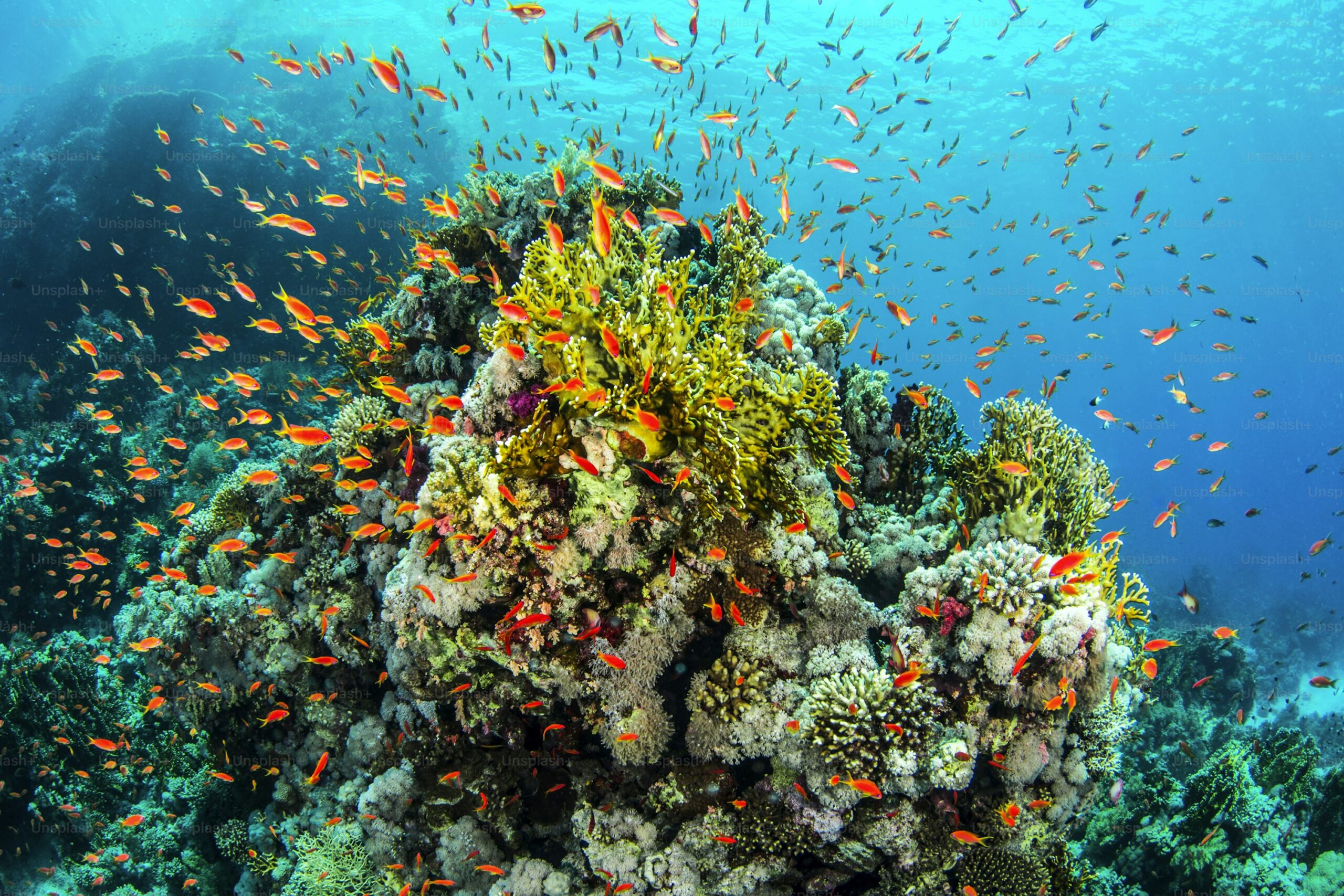
Managing biodiversity as a shared public resource
•
Biodiversity is the variability between living organisms from all sources, including, but not limited to, terrestrial, marine, inter alia and other aquatic ecosystems and the ecological complexes to which they belong.
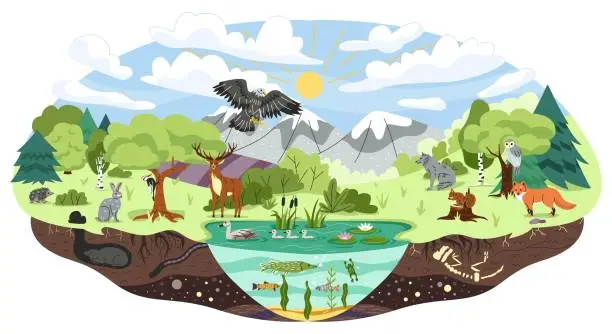
This includes diversity within species, between species and between ecosystems. Human interference with land, freshwater and oceans has already led to a decline in biodiversity. Species losses are also the aspect of biodiversity loss that is most often considered, for example in the UN Convention on Biological Diversity.
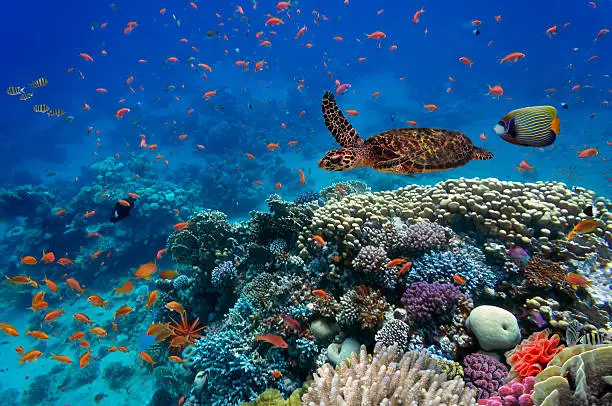
Establishing and managing protected areas has long been a cornerstone of biodiversity conservation efforts and remains the most widespread and well-known strategy. The protected area approach has been well studied from various social, economic and environmental perspectives. This has been widely evaluated in recent years for its effectiveness in achieving global biodiversity conservation goals.
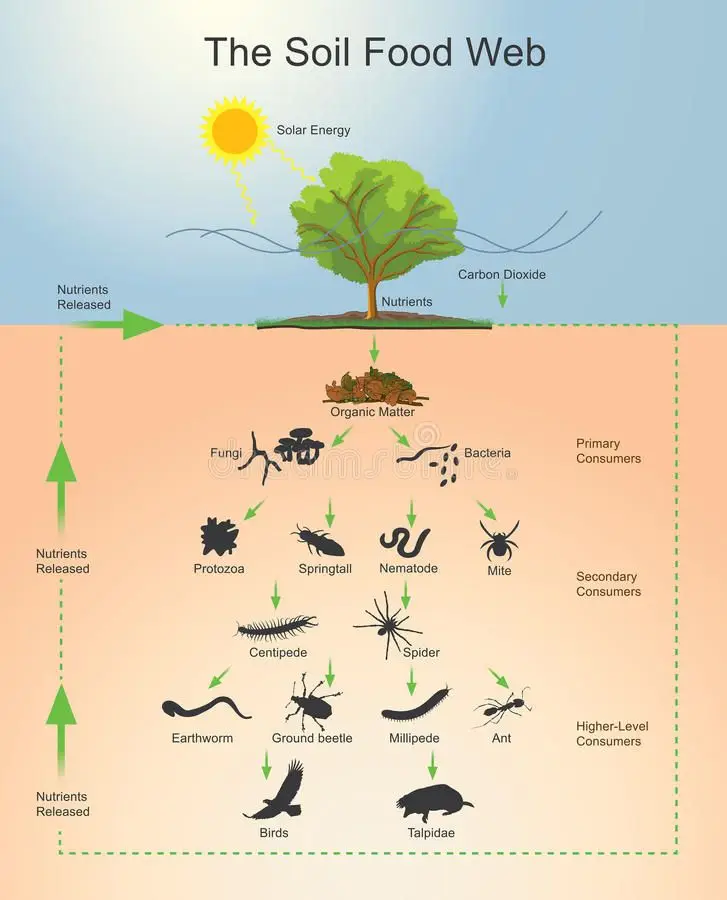
Over the last 50 years, for example, we have wasted a quarter of the world’s topsoil, a fifth of its agricultural land and a third of its forests, and at the same time, we need these resources more than ever. Carbon dioxide emissions, caused primarily by the burning of fossil fuels, are leading to the warming of the Earth’s surface and climate change that increasingly threatens our health and the survival of other species worldwide.
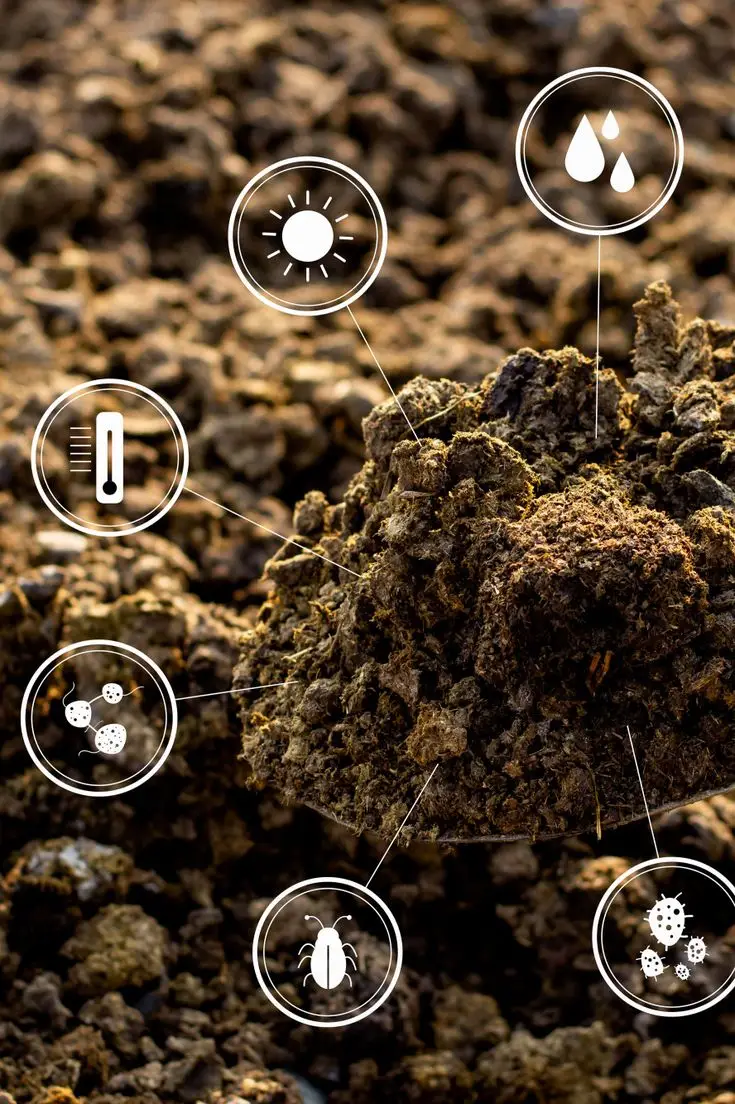
We now use or waste almost half of the planet’s net photosynthetic production on land and more than half of the available fresh water. Most worryingly, we are damaging the habitats in which other species live so much that we are driving them to extinction, the only truly irreversible consequence of our environmental attacks, at a rate hundreds or perhaps even thousands of times greater than the natural background tariffs.
World’s greatest biodiversity sites
A biodiversity hotspot is a region with high levels of biodiversity that faces significant threats to its survival.
- Species density is highest in the southern hemisphere.
- 70% of the world’s species are found in just 12 countries: Australia, Brazil, China, Colombia, Costa Rica, the Democratic Republic of Congo, Ecuador, India, Indonesia, Madagascar, Mexico and Peru.
- The highest tree diversity recorded to date is 1,200 species on a 52-hectare plot in Lambir Hills National Park, Sarawak.
Benefits from Biological Diversity
- Biodiversity can contribute to agriculture through pollination and pest control.
- Positively affects human physical and mental health.
- Provide carbon storage and sequestration.
- Secures long-term flows of benefits from nature by providing resilience to disturbance and environmental change.
- The economic value of benefits from bio-diverse natural ecosystems may be 10 to 100 times the cost of maintaining them.
Recent State of Biodiversity
- Across the spectrum of biodiversity measurements, current rates of change and loss exceed those of the historical past by several orders of magnitude and show no signs of slowing.
- Virtually all of Earth’s ecosystems have now been dramatically altered by human activity.
- The conversion of habitats for agricultural uses has affected biogeographical areas.
- Over the last few hundred years, humans have increased species extinction rates by up to three orders of magnitude.
- Genetic diversity has declined worldwide, particularly in domesticated species.
- Biotic homogenization, defined as the process by which communities of species become increasingly dominated by a small number of widespread species, represents further losses in biodiversity that are often overlooked when only changes in the absolute number of species are considered.
- Threat and extinction patterns are not evenly distributed across species but tend to be concentrated in particular ecological or taxonomic groups.
The ecosystem resources
Ecosystem services are the processes through which the environment produces resources used by humans, such as clean air, water, food and materials. The concept of ecosystem services was developed to improve our understanding of human use and management of natural resources.
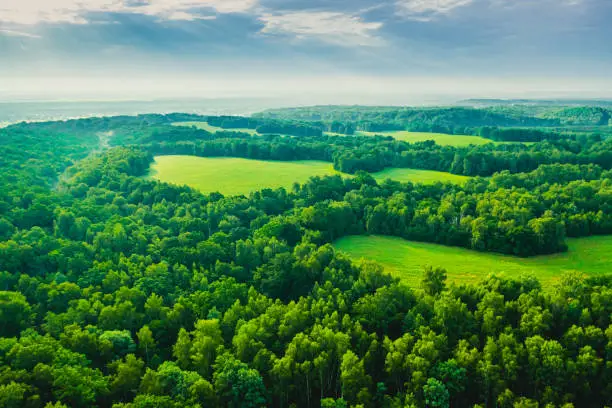
Advantages
- How much are ecosystem services worth worldwide? According to the International Union for Conservation of Nature (IUCN), the monetary value of the goods and services provided by ecosystems is estimated at approximately $33 trillion per year. $33,000,000,000,000
- But it’s not just about money. It’s about saving lives. We harvest an estimated 50,000-70,000 plant species worldwide for traditional and modern medicine.
- And it’s also about food security. About 100 million tons of aquatic life, including fish, molluscs and crustaceans, are removed from the wild each year.
- Wild animal meat plays a crucial role in food supply and livelihoods in many countries, especially those experiencing high poverty and food insecurity.
What is extinction?
A species is classified as extinct if a single individual member cannot be found despite exhaustive surveys over a long period.
What is ‘mass’ extinction’?
A mass extinction is the rapid and permanent loss of a large number of species over a relatively brief period in geological times. The fossil record indicates that there have been five major mass extinctions in Earth’s history.
The reasons for this are often related to changes in the Earth’s environment and atmosphere. Many scientists now believe that Earth is facing a sixth mass extinction, due in part to human activities. For any absolute estimate of the extinction rate, such as the number of extinctions per year, we need to know how many species there are. The problem with estimating the number of species is that taxonomists have described and named just over one and a half million species. Only about 100,000 of these terrestrial vertebrates, some flowering plants and invertebrates with pretty shells or wings, have been described by taxonomists. Birds are extremely well known, with around 10,000 species described, and only one or two new species are named each year.
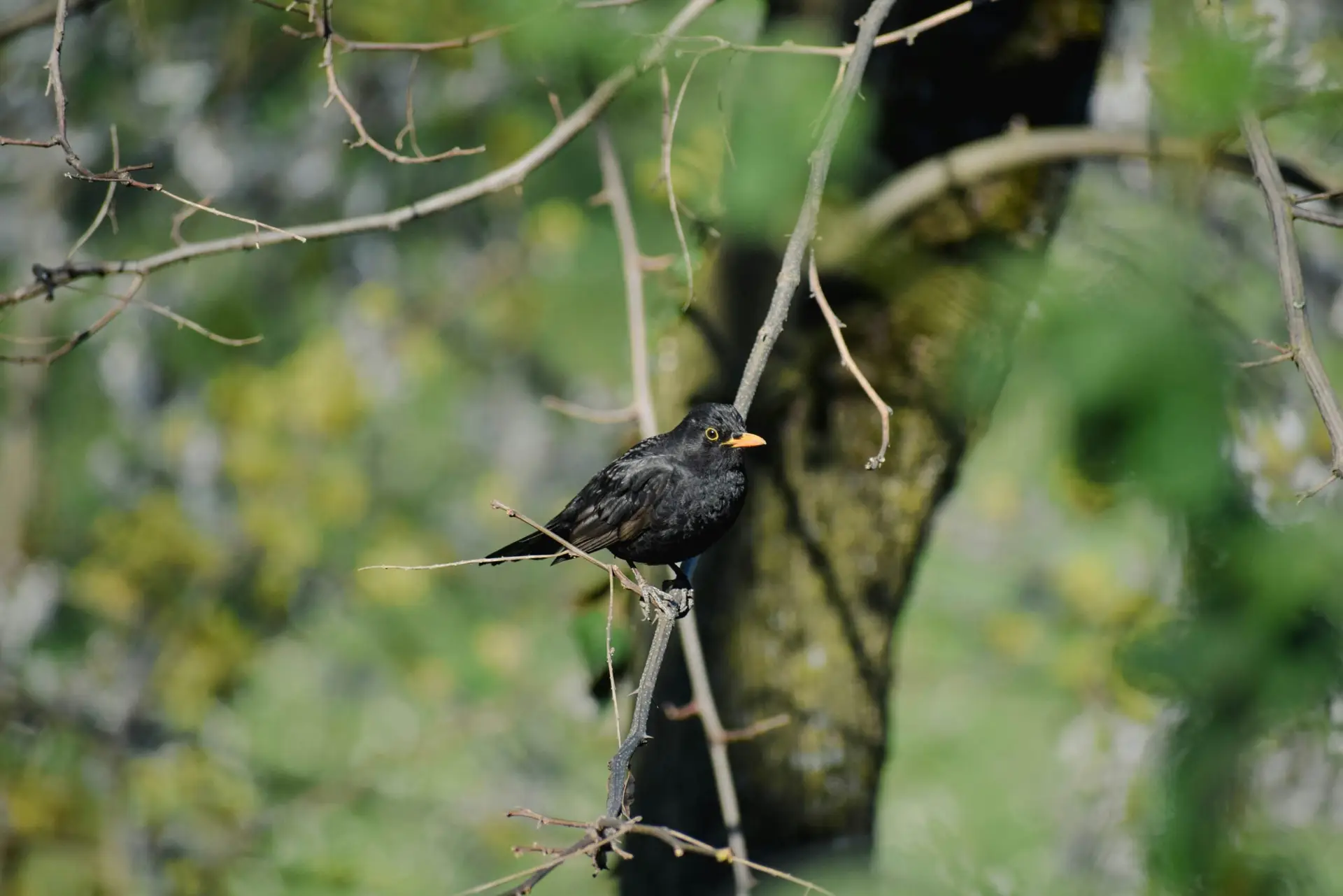
Effect of Extinction and Biodiversity Loss on Mankind
The use, alteration, and loss of biodiversity have enhanced the well-being of many social groups and individuals. However, those with low resilience to ecosystem changes—especially disadvantaged communities—have been the hardest hit, facing not only greater monetary poverty but also increased levels of relative, temporary, and deep poverty.
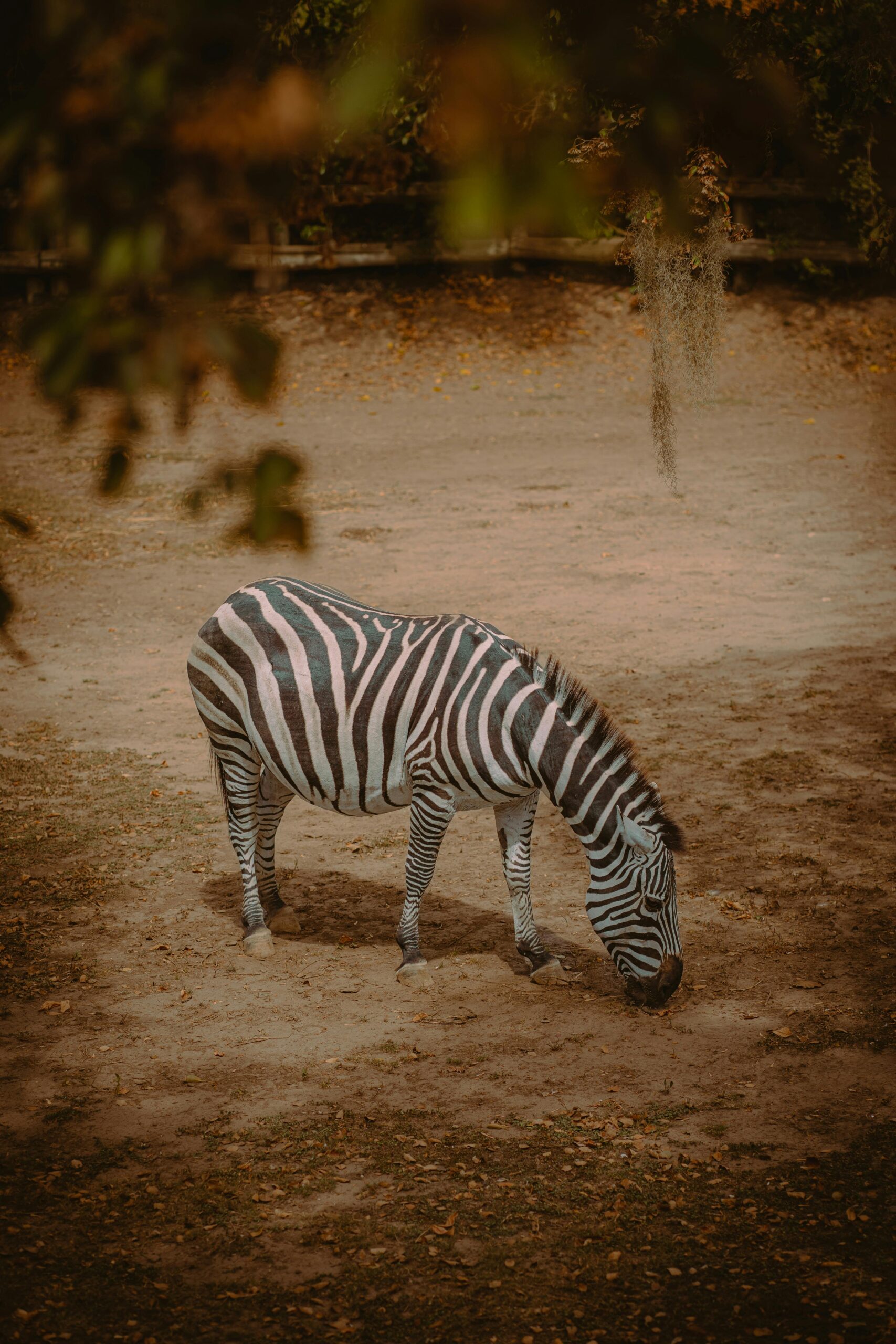
A correlation between Biodiversity and human well-being
- Food Security – food source, livelihood, farming
- Vulnerability – protection against natural disasters (storm, flood)
- Health – A balanced diet, reduces the risk of exposure to many infectious diseases
- Energy Security – Wood fuel
- Provision of Clean Water
- Social Relations – aesthetic and religious values
- Freedom of Choice and Action
- Basic materials for a good life and sustainable livelihoods – goods, ecotourism, industries
Conservation of biodiversity
The management of human use of the biosphere so that it provides the greatest possible sustainable benefits to current generations while maintaining its potential to meet the needs and desires of future generations.

Why Conserve Biodiversity
- The present and potential use of elements of biodiversity as biological resources,
- The maintenance of the biosphere in a state supportive of human life, and
- The maintenance of biological diversity per second, in all presently living species.
Conservation Approach
Protected areas remain a core element of species protection. The global network of protected areas is expanding each year by an average of 2.5% in total area and 1.4% in total locations. Currently, this equates to over 24 million km² across approximately 133,000 designated sites.
Landscape-scale approaches: It has become increasingly important to reduce biodiversity loss, particularly in wealthier countries.
Large-scale habitat creation and restoration
These initiatives reflect scientific research showing the importance of maintaining appropriately managed habitats that should be large and interconnected rather than isolated within a hospitable matrix.
Anthropogenic Effect on climate change & rising human resource demand
- Many other approaches to biodiversity conservation have been developed, particularly those associated with economic benefits, including sustainable consumptive uses and non-consumptive uses such as ecotourism. Some of these help cover the opportunity cost of conservation.
- Climate change can force species to shift their ranges and disrupt ecological communities.
- Increased CO2 levels in the atmosphere also endanger corals due to ocean acidification.
- Increasing demands for food production resulting from human population growth and dietary shifts require intelligent and integrated solutions.
- Possible threats from microplastic pollution, Nanosilver, biochar, and artificial life are still not being explained further.
Managing biodiversity as a public good
- Measuring the economic values of biodiversity and estimating spatially explicit economic values of services in different landscapes to inform management decisions.
- Economists should collaborate more closely with conservationists and policymakers to create intervention strategies that encourage behaviours supportive of biodiversity, thereby promoting biodiversity conservation as a global public good.
- The Economics of Ecosystems and Biodiversity (TEEB) is an initiative focused on creating, developing, and presenting persuasive economic arguments for the preservation of ecosystems and biodiversity.
- Attempts have also been made to assign value to ecological services to humanity.
- For example, implementing REDD (Reducing Emissions from Deforestation and Forest Degradation) could help
- Halve deforestation by 2050, and
- Cut emissions by 1.5 Gt of CO2 per year.
- The estimated benefit of reduced climate change is US$ 3.2 trillion to integrate biodiversity into public and private decision-making.
- Concern for biodiversity should not be confined to a country’s environment ministry; it must also involve all sectors of government, including finance, industry, and defence.
- Government personnel and policymakers may require in-service training in biodiversity science and ecological economics, with effective research support.
Conclusion
The challenges in protecting biological diversity are enormous. Conservation strategies must be on par with other environmental policies and address seemingly intractable and politically inconvenient problems. This must be done by recognizing that a successful human development agenda lays the foundation of functioning ecosystems and biodiversity. Governments, businesses and civil society could decide to take seriously the central role of biodiversity in human well-being and quality of life and invest in ensuring the sustainable flow of nature’s public goods for current and future generations.
How many species are on extinction? And how many will follow?
Leave a comment
Share on social media.
Leave a Reply